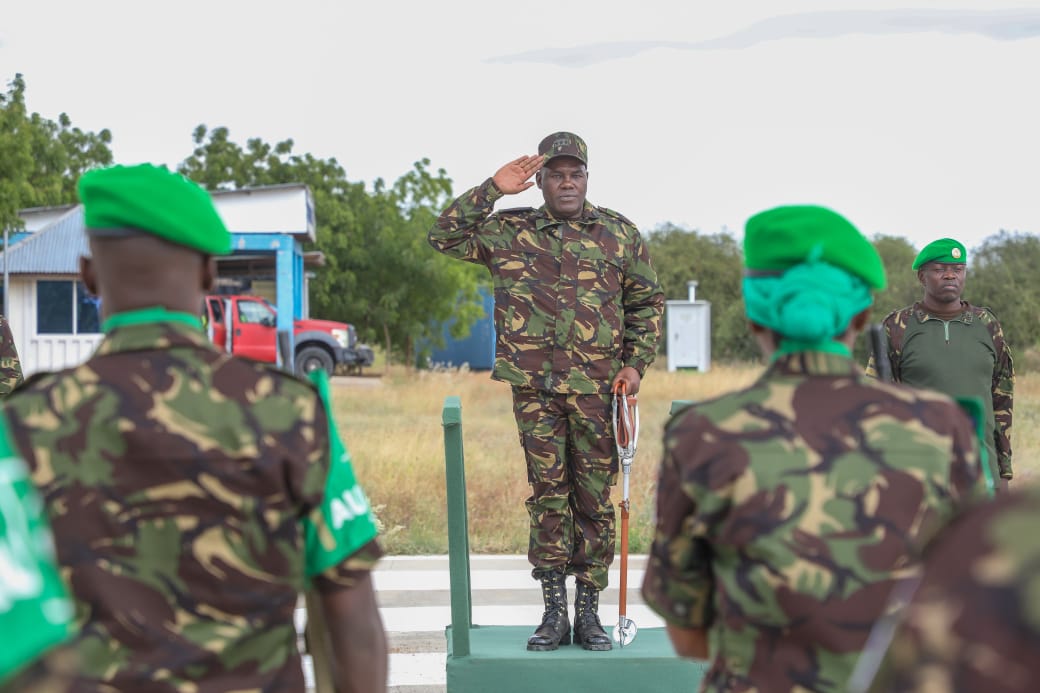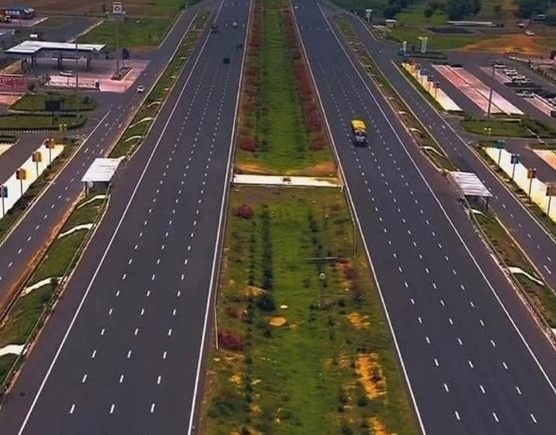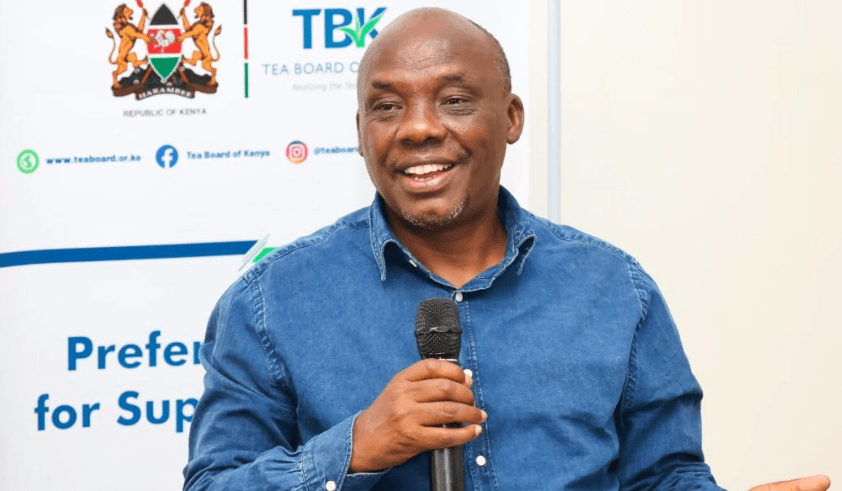

The African Union’s peacekeeping mission in Somalia was meant to degrade the militia, but it’s struggling under the weight of a deepening funding crisis.
On Tuesday, Kenya’s military confirmed that three Kenya Defence Forces soldiers were killed and several others injured when their convoy hit an improvised explosive device in Lamu county.
The explosion occurred along the Sankuri-Kiunga Main Supply Route, a corridor frequently targeted by militants operating out of Somalia’s lawless borderlands.
The attack was the latest in a string of deadly al Shabaab operations inside Kenyan territory.
In May, the group ambushed a police convoy in Lamu’s Boni Forest, killing five officers and injuring five more.
Just weeks earlier, militants staged a brutal assault on quarry workers in Mandera county, killing five and injuring two others.
Officials described the incident as a deliberate campaign to instil fear and destabilise the frontier.
Security analysts warn that the group’s growing confidence and geographic reach reflects not only a tactical resurgence but also the fragility of Somalia’s internal stability.
It also reflects the limitations of the African Union Support and Stabilisation Mission in Somalia (Aussom), which officially replaced the African Union Transition Mission in Somalia (Atmis) on January 1.
In Somalia, the situation is just as dire. On Sunday, al Shabaab fighters seized the strategic town of Tardo in the central Hiiran region, displacing thousands and defeating government-aligned clan militias.
Maj Mohamed Abdullahi told Reuters the militants are now pressing into neighbouring areas.
The assault came just days after a suicide bomber attacked the Jaalle Siyaad Military Academy in Mogadishu, and follows the group’s April capture of Adan Yabaal, a logistical hub for the federal government.
That town had previously been reclaimed from the militants in 2022.
Security experts now say the militant group’s recent advances mark a significant reversal of progress in Somalia’s long fight against extremism.
Ashley Jackson, a research associate at King’s College London, says al Shabaab’s February offensive is “its most ambitious push in years”, adding that it has “reversed government gains and reasserted control in swathes of central and southern Somalia”,
“The rapid loss of government control underscores the deep structural weaknesses in the Somali state and the failure of international military strategy,” she said.
As the threat grows, the AU mission tasked with containing it is in limbo.
When taking over from Atmis, Aussom inherited a $96 million funding shortfall and faces a critical shortage of troops, air assets and equipment.
Troop-contributing countries, including Kenya, Uganda, Ethiopia and Burundi, have pressed for stable funding through the United Nations.
At a recent extraordinary summit in Entebbe, the countries called for full implementation of UN Security Council Resolution 2719 (2023), which permits African-led peace missions to receive up to 75 per cent of their budgets through UN-assessed contributions.
The resolution was hailed as a breakthrough in addressing long-standing funding gaps and streamlining cooperation between the UN and the AU.
But while the measure passed unanimously at the Security Council, it has since run into political resistance, chiefly from Washington.
The United States, which remains one of the largest contributors to international peacekeeping efforts, has refused to back direct UN funding for Aussom, unless Europe and Africa increase their own financial commitments.
“Funding schemes like UNSCR 2719 let others dodge the bill and dump the cost on US taxpayers,” said Senator Jim Risch, a ranking member of the Senate Foreign Relations Committee.
“We’re just insisting that Europe and Africa pull their weight.”
In May, Risch, along with other Senators, introduced the Aussom Funding Restriction Act of 2025, a bill aimed at prohibiting US contributions to the mission unless stringent financial accountability measures are adopted.
Kenyan President William Ruto and Somali President Hassan Sheikh Mohamud have both warned that the success of Aussom, and the broader stability of the Horn of Africa, depends on urgent financial support.
In a joint statement last October, the two leaders called for increased international funding and urged global stakeholders to “explore all possible funding avenues” before the Atmis-to-Aussom transition began.
But with al Shabaab regaining lost ground and expanding its footprint beyond Somalia’s borders, the international community faces growing pressure to act decisively.
“The tempo of al Shabaab’s attacks shows the mission’s limitations without adequate funding and support,” a senior Kenyan security official, speaking on condition of anonymity, told the Star. “The risk to regional peace is real — and growing.”














